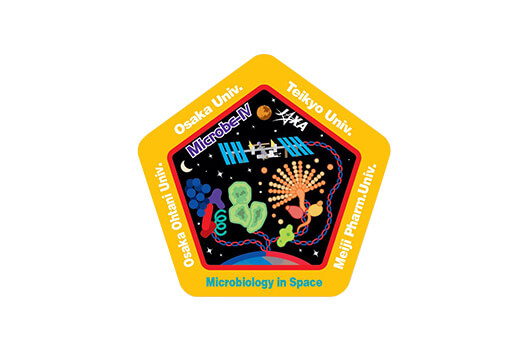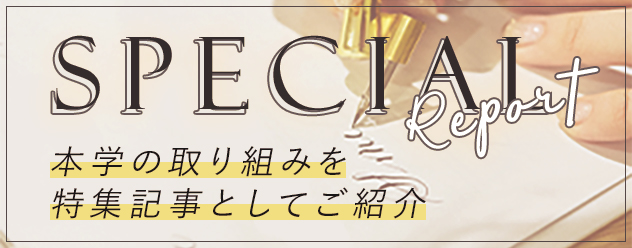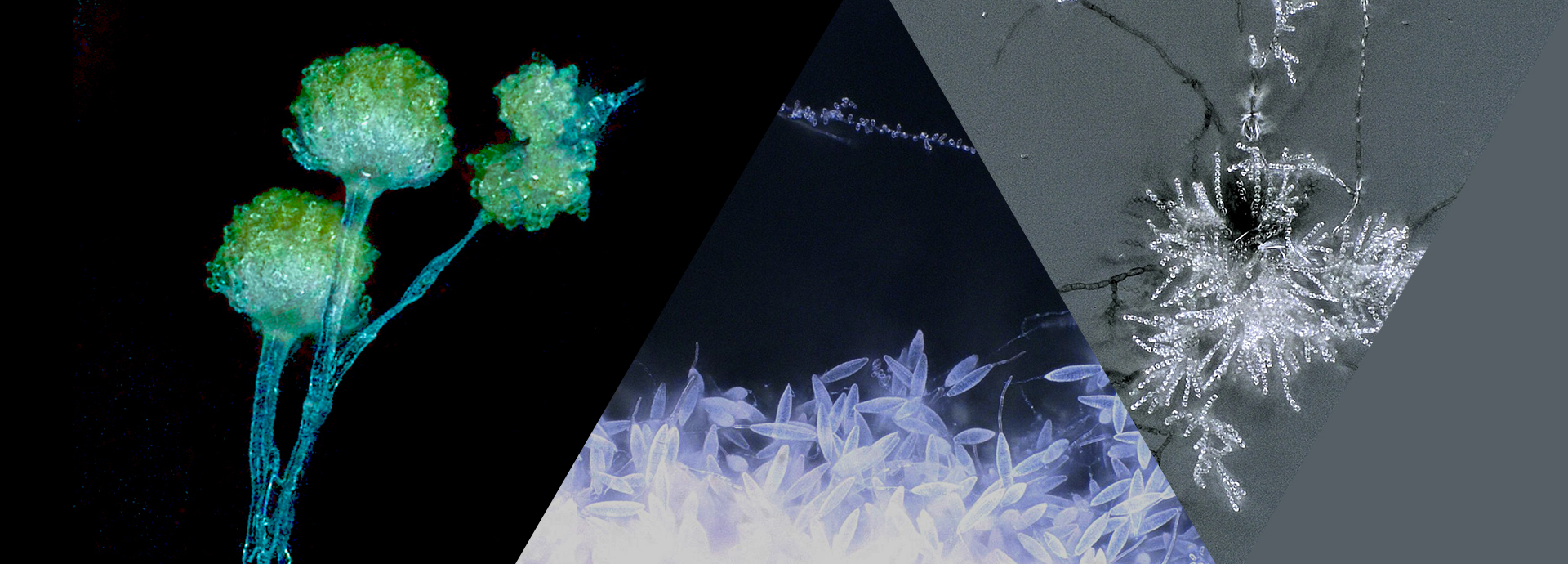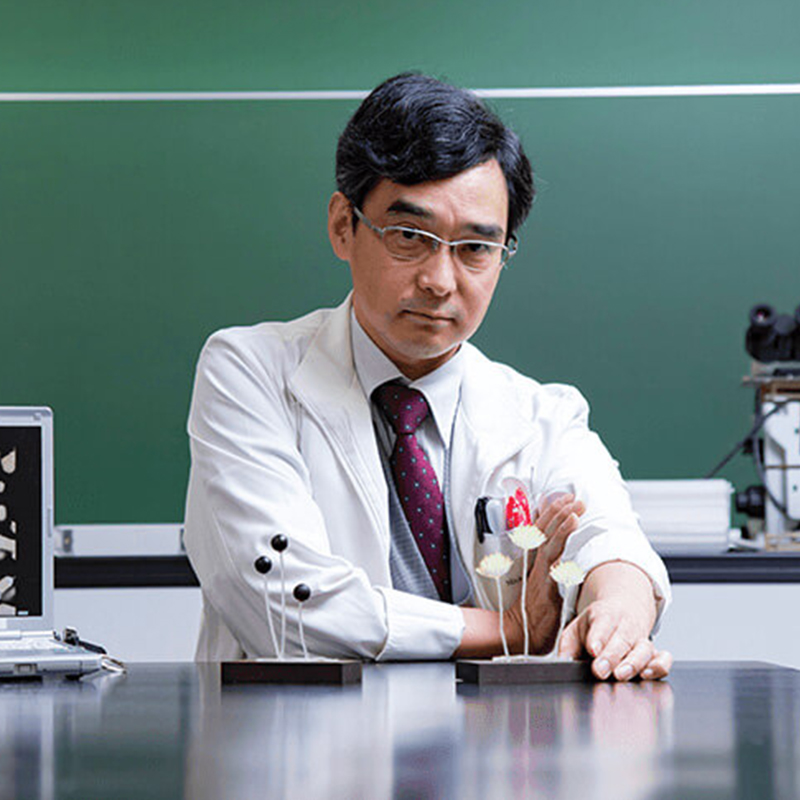Mold that is said to have existed on the earth for about 1 billion years.
Professor Koichi Makimura studies "pathogenic fungi" that cause health problems among molds called fungi in medical terms.
He is also the discoverer of a new type of fungus that is spreading worldwide.
Producing a photo book of mold taken with a digital microscope, etc.
As the world's top runner in fungal research, he faces mold day and night.
An important human partner
Mold that can cause illness
There are many fungi (molds, yeasts, mushrooms) on the earth. It is said that there are more than 100,000 known bacterial species alone, and millions of unknown bacterial species. Although some images of mold are not good for humans, they actually have a role as an important partner for the global environment and humans. It decomposes carcasses of animals and plants to maintain the global environment, keeps the soil where agricultural products grow healthy, and produces bread, miso, sake, and even medicines. All of this is due to the action of fungi.
Transition of deep fungal disease seen in people who underwent pathological autopsy in Japan

However, some of the fungi are harmful to humans. Diseases caused by fungi are called fungal diseases. Typical fungal diseases include athlete's foot caused by Trichophyton and mucosal candidiasis caused by Candida. Inhalation and infection of mold spores floating in the air often causes mold to propagate in the lungs, liver, and brain, resulting in deep fungal disease. Professor Koichi Makimura of the Graduate School of Graduate School of Medicine is studying molds that cause such human health disorders and "medical fungi," a group of microorganisms that have a morphology similar to molds.
"In recent years, the number of deaths from deep-seated fungal diseases that are life-threatening has increased. In Japan, many people have died from pulmonary fungal diseases caused by the fungus Aspergillus. The impact of the development of medical care is undeniable. While treatments such as anticancer drugs and immunosuppressive treatment have advanced to save many people, fungal diseases have increased as the number of immunosuppressed people increases. It was. "(Professor Makimura)
The world's first causative agent of pandemic fungal disease:
Discover Candida auris
Nowadays, there is a fungus called Candida auris, which has killed many people in the world and has become a big problem. Candida auris has produced a large number of infected patients in Asia, Europe, North America, etc., and many of them died of sepsis. Some types are highly pathogenic and resistant to antifungal drugs, causing a pandemic (global epidemic) for the first time as a fungal disease. Professor Makimura was the first in the world to discover and name this unknown bacterium, Candida auris.

Candida auris

When Professor Makimura first saw Candida auris isolated from the ear discharge of a 70-year-old woman in 2005, he was impressed that it had a "sloppy 'face' and I didn't think it was pathogenic." Fungi don't have faces, but Professor Makimura sees the characteristics of fungi as "faces." In fact, the pathogenicity of Candida auris found in Japan and later South Korea was low, and it did not become a big problem. However, when Candida auris was isolated from blood in India and other countries in 2009, cases of death from sepsis occurred, and the infection spread rapidly. Drug resistance also became apparent, and a pandemic occurred. It has not yet subsided.
"The Japanese type of Candida auris that I first discovered is low pathogenic and responds well to medication. However, in the United States, the mortality rate is 30-40%, and there is a high probability of it causing sepsis. Even within the same species, there are significant differences between different types, making it a very troublesome fungus." (Professor Makimura)
Professor Makimura, who was the first to discover the disease, developed a genetic diagnostic method that can detect and diagnose Candida auris quickly and with high accuracy using inexpensive equipment. A demonstration test was conducted in the United States in January 2019, and preparations are currently underway for practical use in order to prevent a global epidemic and prepare for a possible future domestic epidemic.
With the evolution of digital microscopes
To see the appearance of live fungi
Professor Makimura went to School of Medicine because he originally liked living things. "If the number of elderly people and cancer patients increases, fungal infections must become a problem," he decided to pursue fungal research. The prediction is correct, the number of patients with fungal diseases continues to increase, and the aforementioned problems of Candida auris expansion and resistant bacteria are occurring.
Under such circumstances, Professor Makimura is particularly focusing on "seeing live fungi." In the classification of fungi, gene identification using DNA sequencers and the like is progressing, and Professor Makimura has also gene-identified many fungal species and obtained patents for that purpose. However, he thinks that "something can be understood only by observing a living mold in a living state," and he makes full use of advanced digital microscope technology to make trial and error.

"Conventionally, the slide culture method is used to observe the fungus cultured on the slide like a pressed flower. On the other hand, if you use a digital microscope, you can observe it as a three-dimensional image alive. There are many things that can be gained from the appearance of a living fungus, such as the flow, the growth of mycelia, and the changes when an antifungal drug is applied. "(Professor Makimura)

In 2017, I succeeded in shooting the beautiful appearance of Aspergillus flavus while still alive at a convincing level. From that day on, I was fascinated by the beauty of the mold, and day after day I continued to take pictures of various fungal species with a digital microscope. The results are summarized in a "photobook" called "Molds that were overlooked in clinical practice" (Medical Science International). Eventually, there is an ambition to make a "mold encyclopedia".
For future medical fungal research
What we can do now
As he says, "Everything where mold and humans are present is a research field," Professor Makimura has a wide range of research areas, and space environmental medicine focuses on fungal infections in outer space. This started with the ground research project of the former NASDA (currently JAXA), and the existence of fungi is investigated and controlled in the experimental building "Kibo" installed in the International Space Station (ISS), which is still Japan's first manned space program. Research is continuing for the purpose of doing so.

Looking to the future of fungal research, Professor Makimura says there is still a lot of work to be done. It covers a wide range of fields such as culture collections that collect and store cultures of various fungal species, epidemiological data, and reference work for them. "Like the sudden appearance of Candida auris, new pathogens will continue to cause pandemics. The challenge is to increase the number of resistant strains for which antibacterial drugs do not work. It should be, but the soil is not cultivated in Japan today. I think that the traditional medical and fungal research group of Teikyo University needs to play a central role. "(Professor Makimura)


It has more than 300 species and about 4,000 strains.
Researchers from all over the world come together to study pathogenic fungi and fungal diseases.





